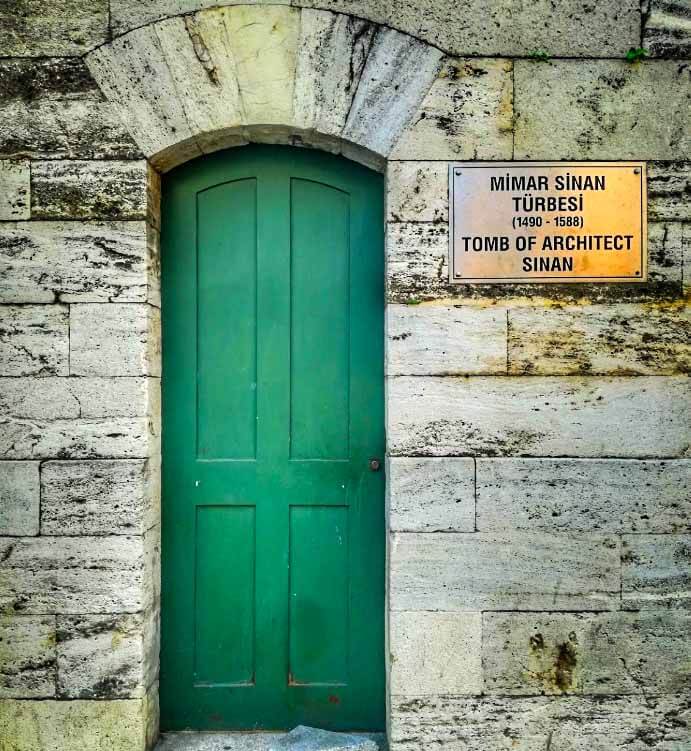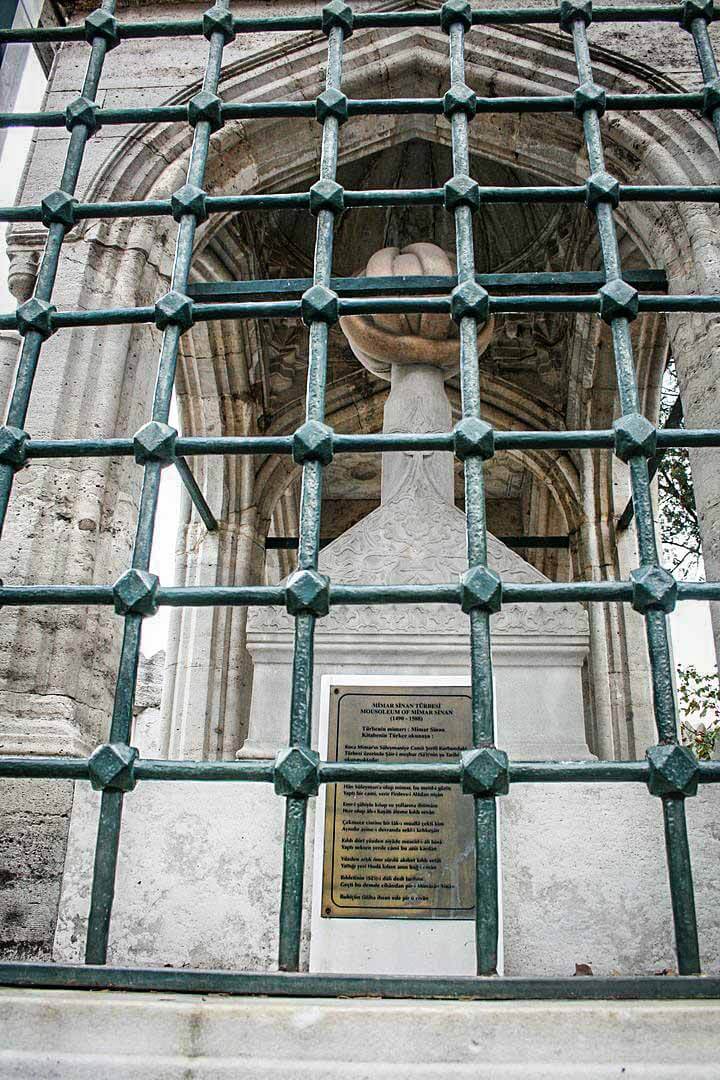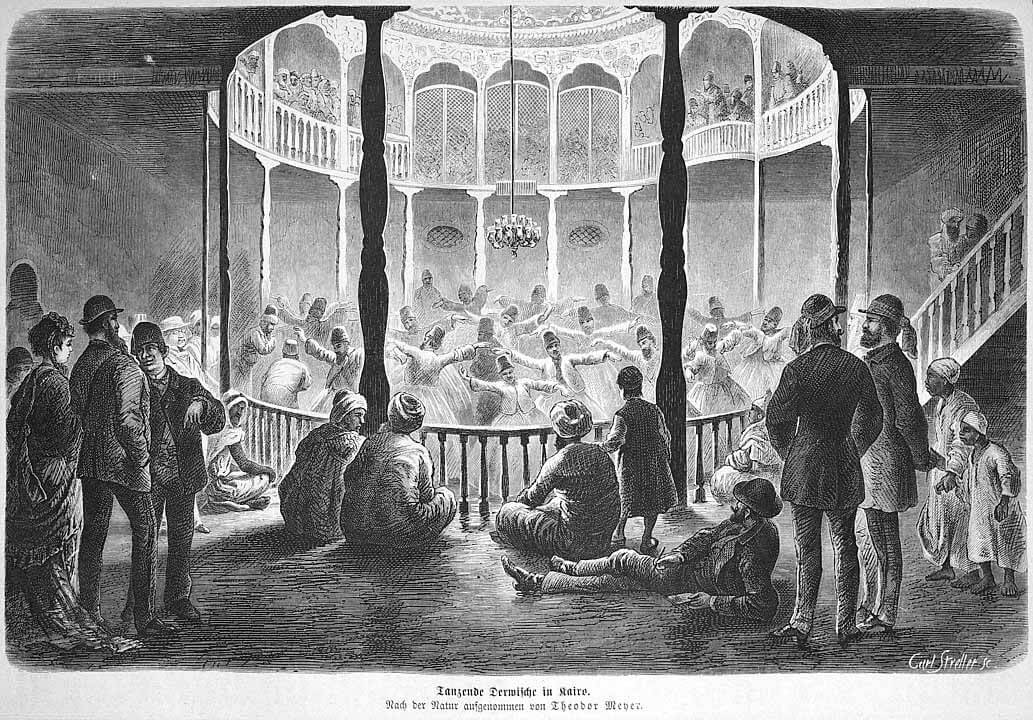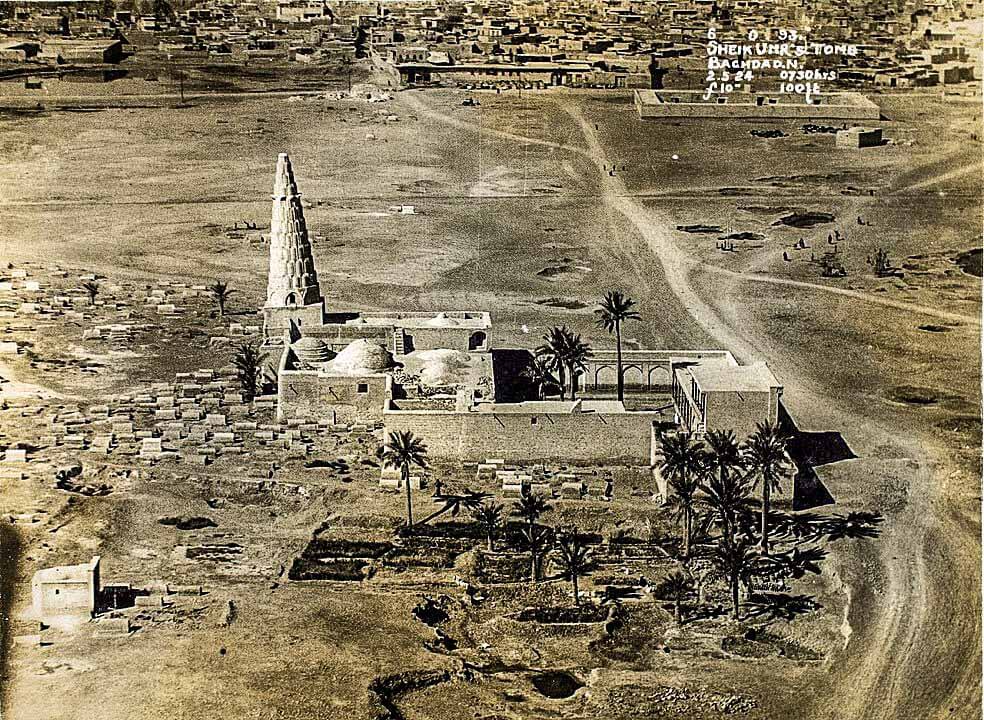Istanbul, Turkey
Coordinates: 41.017283, 28.963870
Mimar Sinan was the chief Ottoman architect and civil engineer for sultans Suleiman the Magnificent, Selim II, and Murad III.
Known as Koca Mi’mâr Sinân Âğâ, “Sinan Agha the Grand Architect”, he was responsible for the construction of more than 300 major structures and other more modest projects, such as schools.
His apprentices would later design the Sultan Ahmed Mosque in Istanbul and Stari Most in Mostar.
The son of a stonemason, he received a technical education and became a military engineer. He rose rapidly through the ranks to become first an officer and finally a Janissary commander, with the honorific title of ağa.
He refined his architectural and engineering skills while on campaign with the Janissaries, becoming expert at constructing fortifications of all kinds, as well as military infrastructure projects, such as roads, bridges and aqueducts.
At about the age of fifty, he was appointed as chief royal architect, applying the technical skills he had acquired in the army to the “creation of fine religious buildings” and civic structures of all kinds. He remained in this post for almost fifty years.
His masterpiece is the Selimiye Mosque in Edirne, although his most famous work is the Suleiman Mosque in Istanbul. He headed an extensive governmental department and trained many assistants who, in turn, distinguished themselves, including Sedefkar Mehmed Agha, architect of the Sultan Ahmed Mosque.
He is considered the greatest architect of the classical period of Ottoman architecture and has been compared to Michelangelo, his contemporary in the West.
Michelangelo and his plans for St. Peter’s Basilica in Rome were well known in Istanbul, since Leonardo da Vinci and he had been invited, in 1502 and 1505 respectively, by the Sublime Porte to submit plans for a bridge spanning the Golden Horn.
Mimar Sinan’s works are among the most influential buildings in history.
Death and Legacy
Sinan died in AH 996 (1587-88 CE) and is buried in a tomb in Istanbul, a türbe of his own design, just to the north of the Süleymaniye Mosque, across a street named Mimar Sinan Caddesi in his honour.
He was buried near the tombs of his greatest patrons: Sultan Süleyman I and Sultana Haseki Hürrem, Suleiman’s wife.
Above the iron-grilled prayer window of his tomb is an epitaph written in Ottoman Turkish by the poet Mustafa Sai.
It gives the year of his death and records that Sinan built 400 masjids (small mosques), 80 Friday mosques and the Kanuni Sultan Suleiman bridge at Büyükçekmece.


















